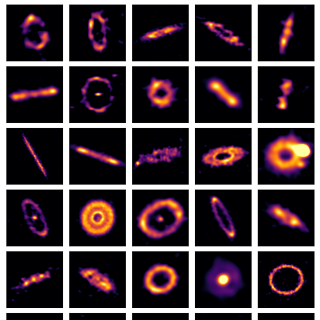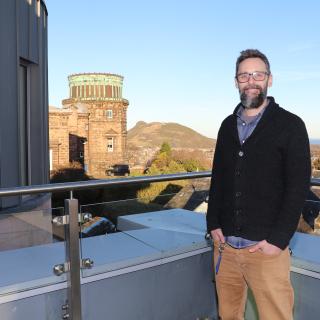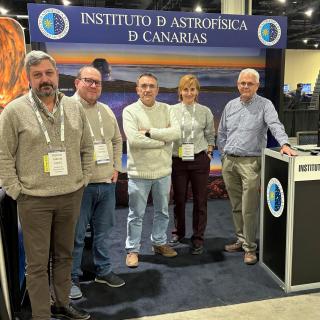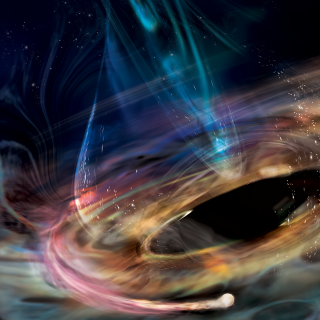
The Instituto de Astrofísica de Canarias (IAC) and the University of La Laguna (ULL) have collaborated in the research that reveals the structure of 74 exocomet belts, it means, belts with minor bodies outside our solar system, around stars close to us. Astrophysicists led by a team from Trinity College Dublin , with the Universidad de La Laguna (ULL) and Instituto de Aastrofísica de Canarias (IAC) collaboration- have for the first time imaged a large number of exocomet belts around nearby stars, and the tiny pebbles within them. The crystal-clear images show light being emitted from these
Advertised on




